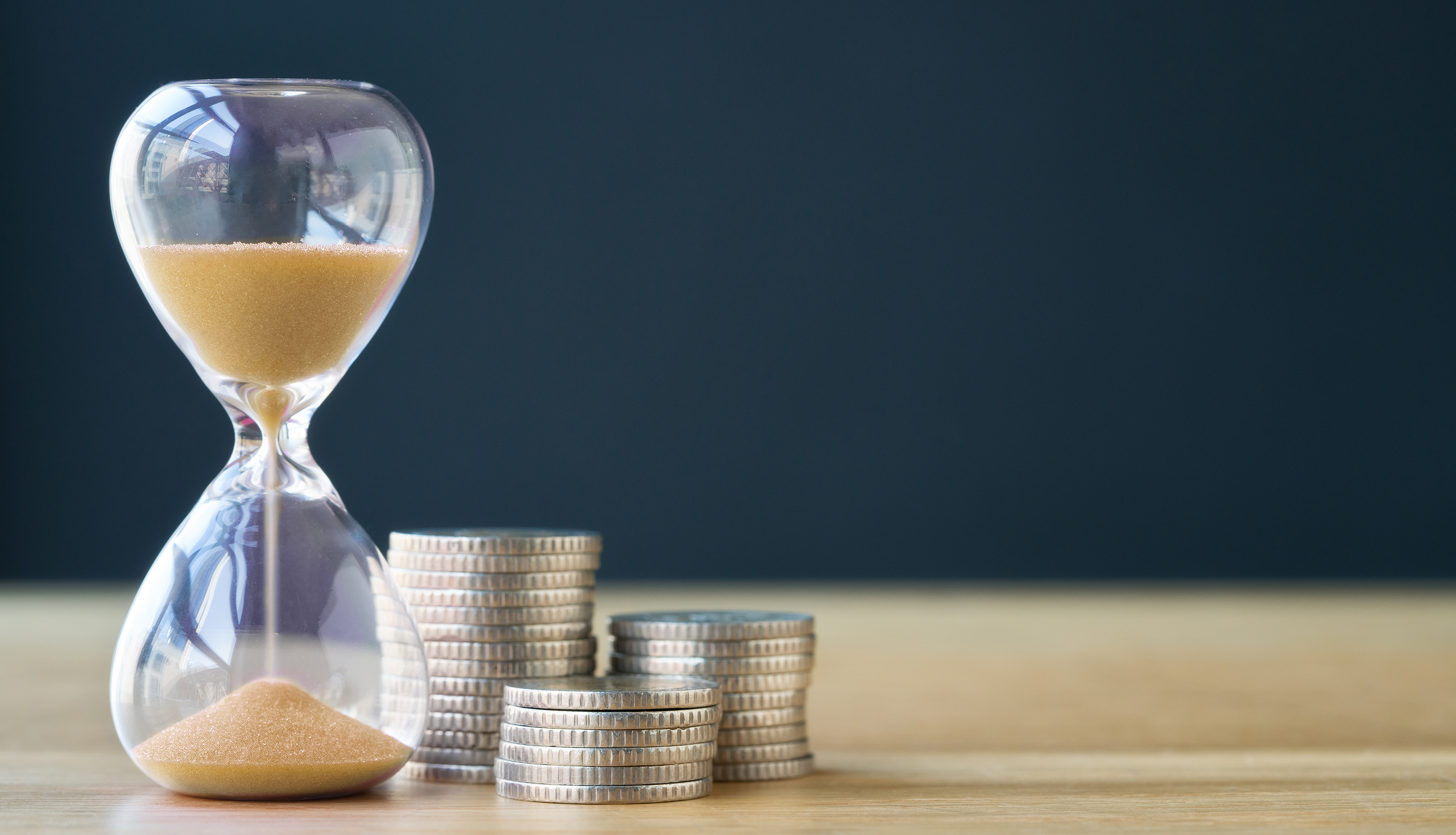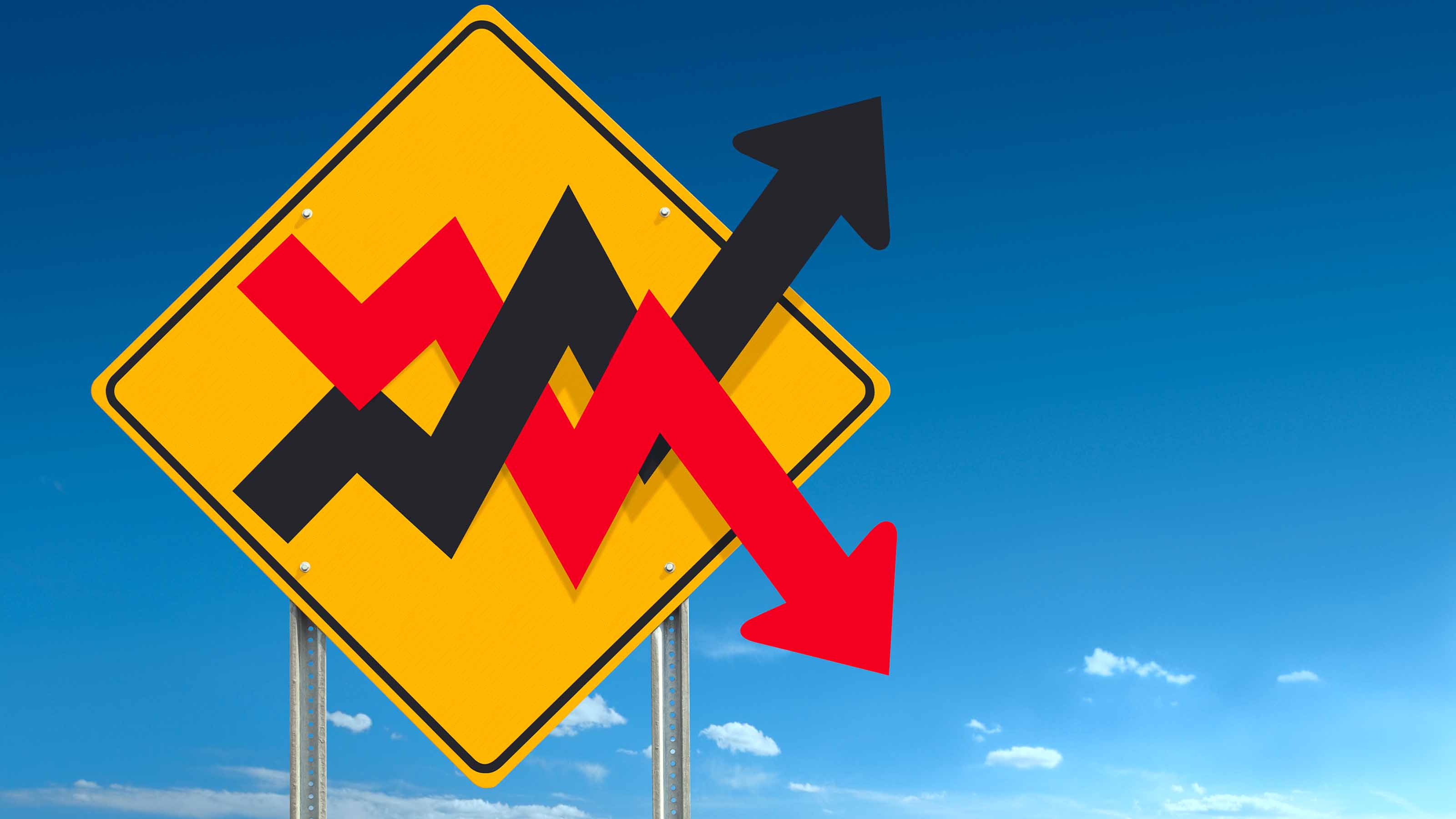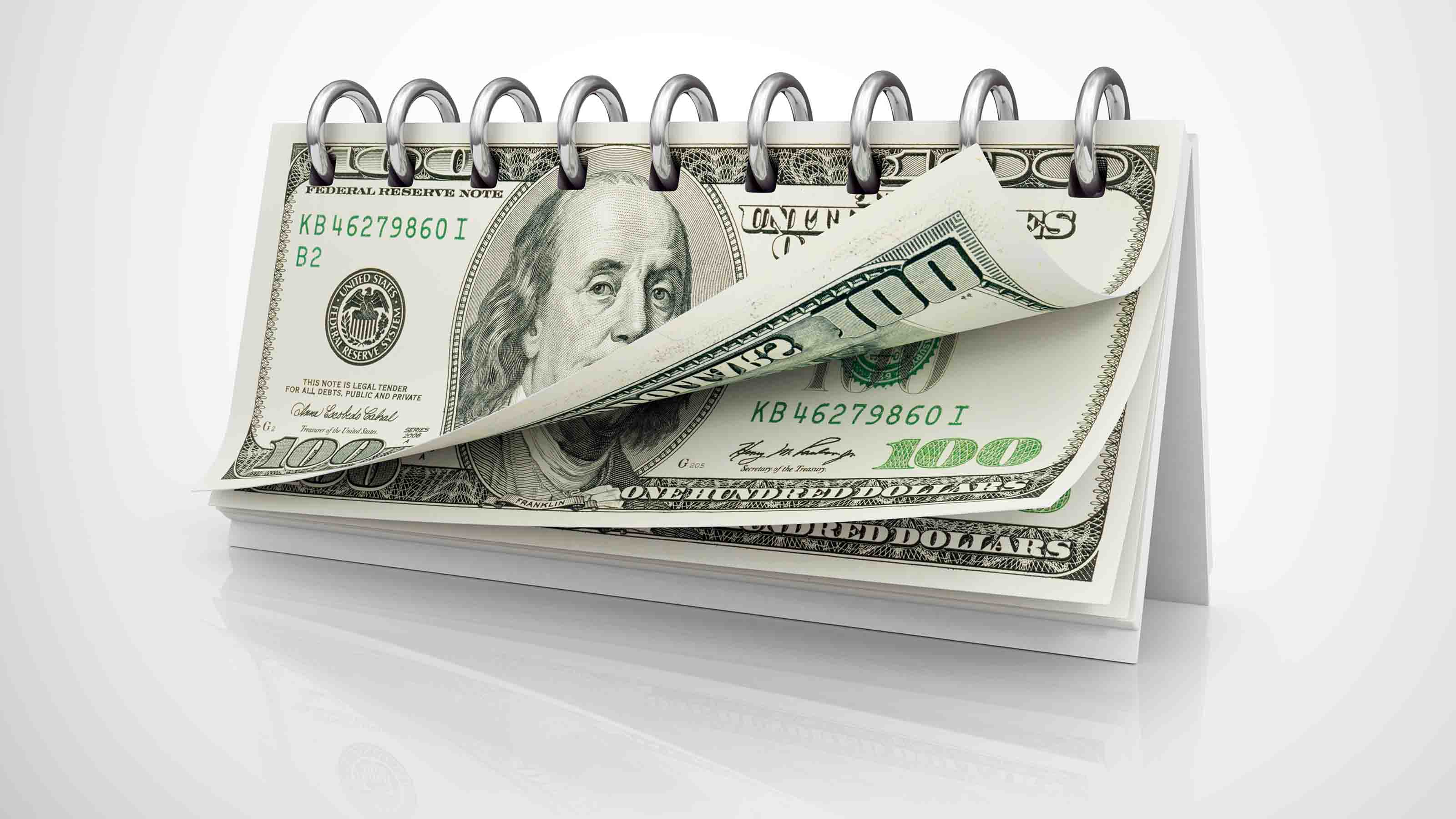The Best Bets for Income in 2011
Bond investors will find the coming year challenging.

What's been bad for the unemployed and for Americans worried about joining their ranks has been a boon for bondholders. As yields fell in response to a tepid economy, bond prices rose across the board the past year. As a result, returns for almost every fixed-income category ranged from good to terrific. The leaders: long-term Treasuries, junk bonds and emerging-markets debt, which returned between 13% and 17% in 2010 (through November 5).
Bonds have performed so strongly that some analysts are describing the action in Treasuries as a bubble -- but not Phil Condon, head of municipal-bond management for DWS Investments, part of Deutsche Bank. Condon agrees that bond yields are more likely to rise than fall from today's current levels but, he says, "I don't agree with those who say there's a bubble in bonds as there was for the Nasdaq index or the housing market." In other words, you won't lose 50% of your money in bonds, "but investors could sure be disappointed" in 2011, he says.
Forecasting interest rates is especially difficult because of the combination of a slumbering economy and a Federal Reserve Board that is using every trick at its disposal to goose growth. Among other things, the Fed is essentially printing hundreds of billions of dollars, which it's using to buy Treasury bonds and bring down their yields. The Fed may succeed in the short term, but it runs a risk of stoking inflation over the long term. And inflation is the biggest enemy of bond holders.

Sign up for Kiplinger’s Free E-Newsletters
Profit and prosper with the best of expert advice on investing, taxes, retirement, personal finance and more - straight to your e-mail.
Profit and prosper with the best of expert advice - straight to your e-mail.
Kiplinger's believes the Fed will leave short-term rates unchanged over the coming year (see Kiplinger's Economic Outlook). That means money-market funds and short-term CDs will continue to pay between nothing and next to nothing. We think long-term Treasury-bond yields could rise a full percentage point. If we're right, expect the price of the ten-year Treasury and funds that invest in bonds of that maturity to lose 9% of their value.
What to do? First, if you own long-term government bonds (directly or in a fund), or corporate bonds that sell for more than face value and can be redeemed for $1 on the dollar within three years, sell before your profits disappear. Next, to help you make decisions based on your needs, think about why you own income-paying investments. Here are three common reasons:
To preserve capital. A good strategy is to invest in a fund that buys high-quality debt with short maturities. For example, the price of Vanguard Short-Term Investment-Grade (symbol VFSTX) should fall only 2% if interest rates rise one percentage point. In the meantime, you get a 1.7% yield.
For high income. The two categories that offer the best yields -- junk bonds and emerging-markets debt -- have seen big run-ups in prices (and accompanying declines in yields). It's hard to argue that either area is undervalued. If you want to put a small amount of your bond money into junk, consider T. Rowe Price High Yield (PRHYX). A consistent performer, it yields 6.4%. Likewise, don't go overboard on emerging-markets bonds. As the condition of developing nations continues to improve, rating agencies are likely to upgrade their assessments. But the bonds are still risky. A top choice is Fidelity New Markets Income (FNMIX), which yields 4.5%.
To diversify. You want a fair yield, but you don't care about short-term changes in principal as long as you don't suffer permanent losses. One idea is to build a ladder of Treasuries maturing in one, two, three, four and five years. Then add a diversified fund, such as Dodge & Cox Income (DODIX). It has an average maturity of seven years and a yield of 3.6%.
Slim Pickings in Bonds
With money funds paying nothing, you must take chances to get yield. Don't forget: They higher the yield, the bigger the risk. The following is a roundup of average yields, as of November 5, from different types of investments.
Average taxable money-market fund: 0.03%
Ten-year Treasury bond: 2.5%
Intermediate-maturity municipal bonds (interest exempt from federal income taxes): 2.7%
Intermediate-maturity corporate bonds: 2.8%
Emerging-markets bonds: 5.3%
High-yield corporate bonds: 7.1%
Get Kiplinger Today newsletter — free
Profit and prosper with the best of Kiplinger's advice on investing, taxes, retirement, personal finance and much more. Delivered daily. Enter your email in the box and click Sign Me Up.

-
 Stock Market Today: Stocks Soar on China Trade Talk Hopes
Stock Market Today: Stocks Soar on China Trade Talk HopesTreasury Secretary Bessent said current U.S.-China trade relations are unsustainable and signaled hopes for negotiations.
By Karee Venema
-
 2026 Disney Dining Plan Returns: Free Dining for Kids & Resort Benefits
2026 Disney Dining Plan Returns: Free Dining for Kids & Resort BenefitsPlan your 2026 Walt Disney World vacation now. Learn about the returning Disney Dining Plan, how kids aged three to nine eat free, and the exclusive benefits of staying at a Disney Resort hotel.
By Carla Ayers
-
 Why Investors Needn't Worry About U.S. Credit Downgrade
Why Investors Needn't Worry About U.S. Credit DowngradeFitch Ratings The United States saw its credit rating downgraded for just the second time in history, but experts aren't worried about the long-term damage to stocks.
By Dan Burrows
-
 Income-Investing Picks for a Recession
Income-Investing Picks for a RecessionInvesting for Income Some consequences of an economic downturn work to the benefit of fixed-income investors. Here are three fund ideas that fit the bill.
By Jeffrey R. Kosnett
-
 Dogs of the Dow Are 2022's Best in Show
Dogs of the Dow Are 2022's Best in Showdividend stocks Some of the best investments for income investors in a volatile 2022 have come from the Dogs of the Dow.
By Jeffrey R. Kosnett
-
 Bond Values in a Volatile Market
Bond Values in a Volatile MarketInvesting for Income While the market's instability may not be over just yet, the latter half of the year should be less daunting – and possibly more rewarding – for investors.
By Jeffrey R. Kosnett
-
 Should You Buy Bonds Now? What To Consider
Should You Buy Bonds Now? What To Considerbonds The fixed-income market has been turned on its head in recent years, but there are still opportunities for those looking to buy bonds again.
By James K. Glassman
-
 Dividend Dates: A Beginner's Guide
Dividend Dates: A Beginner's Guidedividend stocks Everything you need to know about ex-dividend dates, dividend announcements and other parts of the dividend calendar.
By Charles Lewis Sizemore, CFA
-
 Income Investors Should Look Beyond the Ukraine Invasion
Income Investors Should Look Beyond the Ukraine Invasionstocks Unless you invested in a Russian-themed ETF or an emerging markets index fund, the destruction of Moscow's capital markets is a distraction for investors.
By Jeffrey R. Kosnett
-
 Consider Short-Term Bond Funds
Consider Short-Term Bond FundsInvesting for Income These funds own the kind of stuff that benefits from a healthy economy and can withstand the Fed's rate hikes.
By Jeffrey R. Kosnett